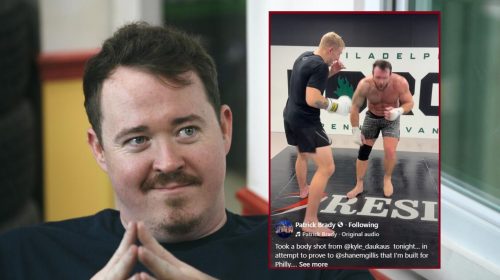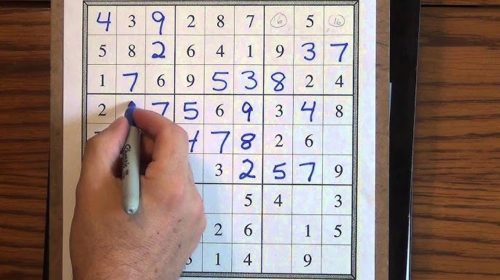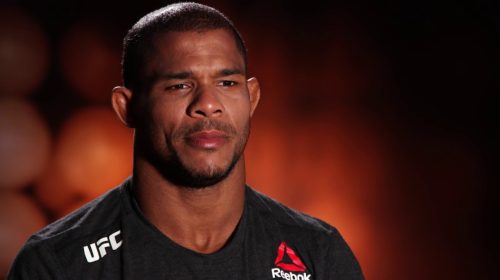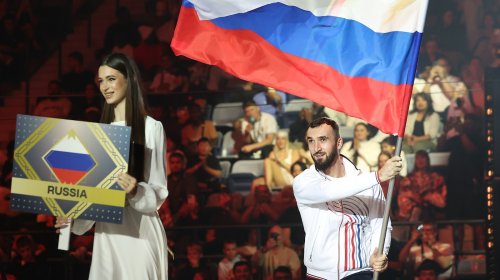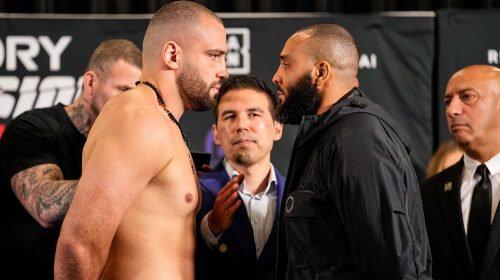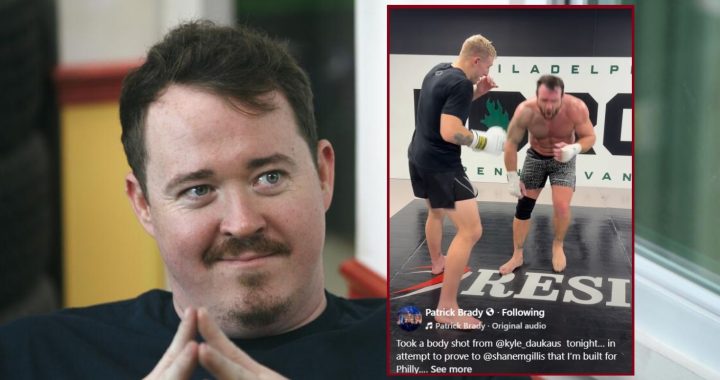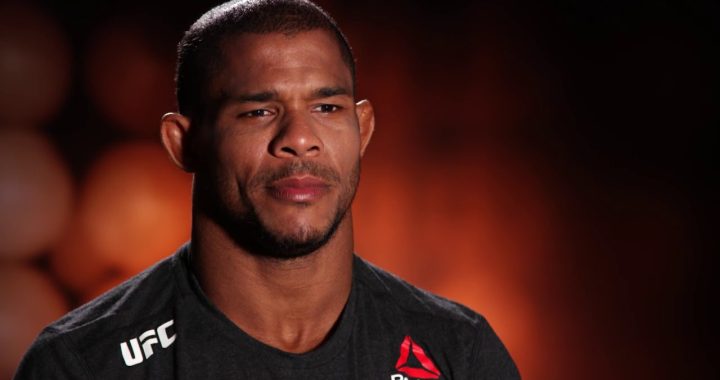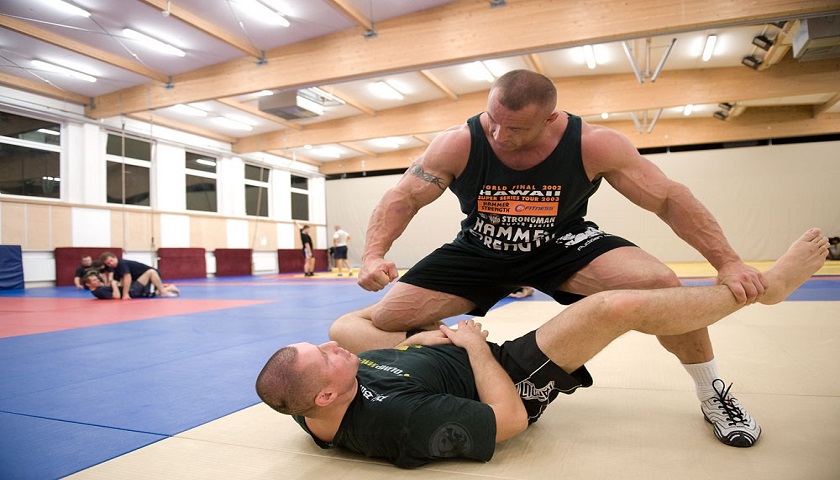
The best discipline for MMA fighters to train in is… MMA
UFC 1 was the first time where a common stage was used to pit different martial arts against each other to see what martial art would create “The Ultimate Fighter” on the planet. Royce Gracie’s iconic walk to the cage in his white gi with his black belt tied around his waist opened most people’s eyes to Brazilian Jiu-Jitsu and its effectiveness in combat sports. He also forced other fighters who wanted to fight in the UFC to learn BJJ or be submitted.
Over time, MMA has been dominated by fighters who specialized in disciplines from kickboxing to wrestling and anything in between. Whenever someone came in with one dominant style, there was always another fighter who could neutralize that specialty. In recent years, however, fighters haven’t been specializing in one discipline and have instead been focusing on becoming well-rounded mixed martial artists. The champions at every weight class right now are a testament to that new style of training. While there are always some exceptions to the rule, the vast majority of fighters who want to fight in the UFC need to train that way.
When I say training MMA, I mean training like you are preparing for a cage fight. You may be a phenomenal wrestler, but wrestling for MMA is another monster altogether. Shots tend to be a bit different considering you can get punched in the face upon your entry. You can also use your own striking to create openings for takedowns. On the defensive end of things, a wrestling match will be reset if you can defend a takedown until it carries you out of bounds. In the cage, you can’t escape. You need to be able to transition from defending a blast double in the middle of the canvas to defending the double with your back on the cage. If you can’t get off the cage, you will most likely not win the fight.
For the record, I’m in no way trying to single out wrestlers, but instead trying to point out the differences between wrestling and MMA. I actually believe wrestling creates some of the best fighters based on the one-on-one competition mentality and the constant grinding pace so many wrestlers are accustomed to.
In terms of Jiu-Jitsu, you could have one of the best deep half guard games around, but nobody is punching you in the face when you’re playing deep half. For the vast majority of MMA fighters, BJJ should be used to create space and get up when you get taken down, and to be able to competently defend submission attempts. Blinky McHeelhook may be one of the odd exceptions to that rule, but don’t sleep on his striking as it improves in every fight. We also recently saw what happens when you attempt an Imanari Roll without setting it up.
Any pure striker knows exactly what their opponent is going to do when they meet in the center of the cage – shoot. If they can’t defend the takedown, it’s going to be a long night. In most MMA fights, short combinations tend to be the most effective as they don’t open you up for the takedown. Throwing 15 punch combinations may look great on pads, but I’d be surprised if anyone could show me an MMA fight where someone threw and connected on a combo that long. The longer a combo goes, the more likely you are to be clipped by your opponent when your hands eventually drop.
In the age old argument of the best disciplines for MMA, you don’t have to look farther than MMA itself. The sport is constantly changing and evolving, and the fighters have to change and evolve with the times. Kids are now growing up training in MMA instead of pure kickboxing or BJJ, and that is an indication of what skillset is needed in the cage. If you’re not a well-rounded fighter, you will be exploited by your opponent.
